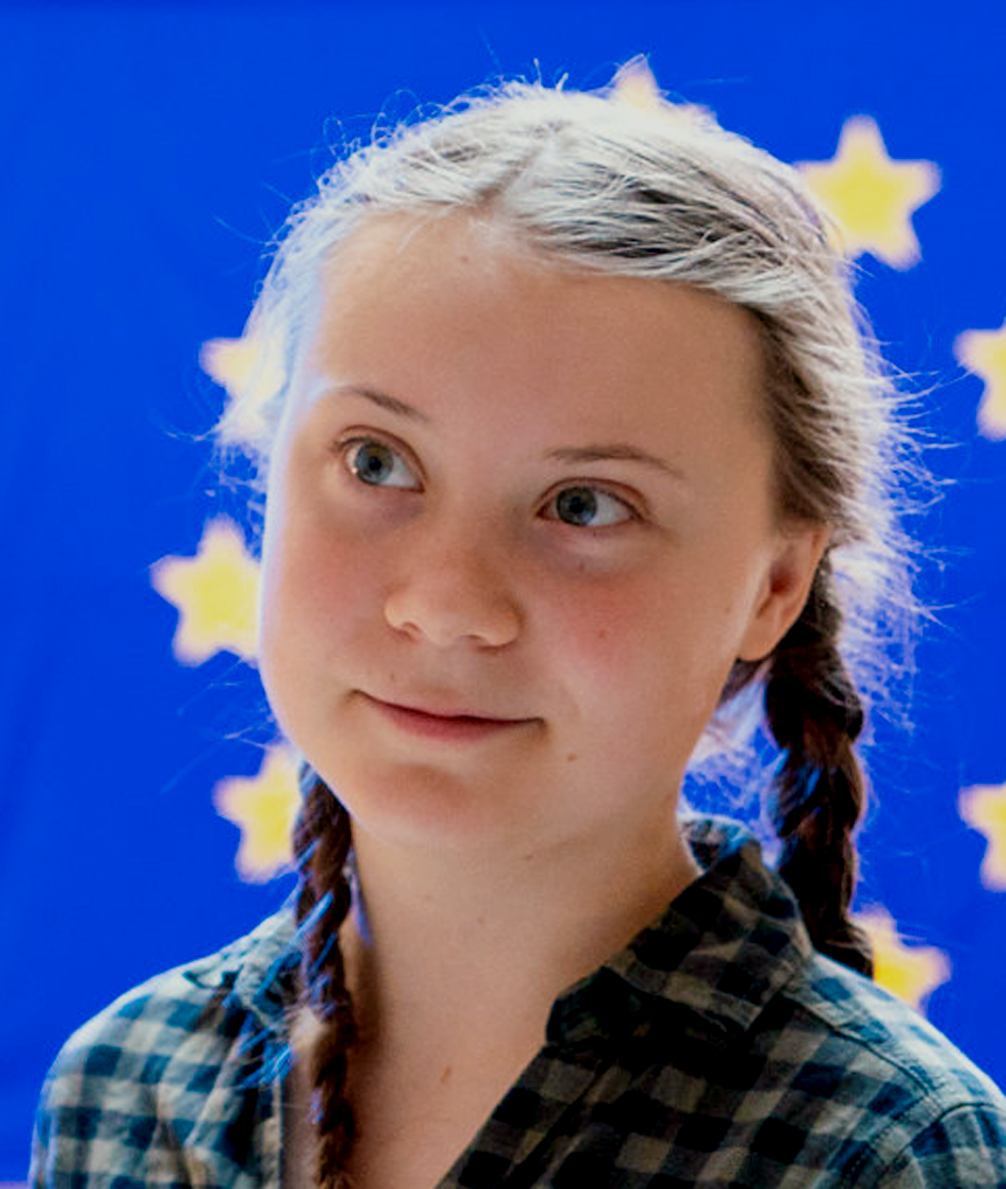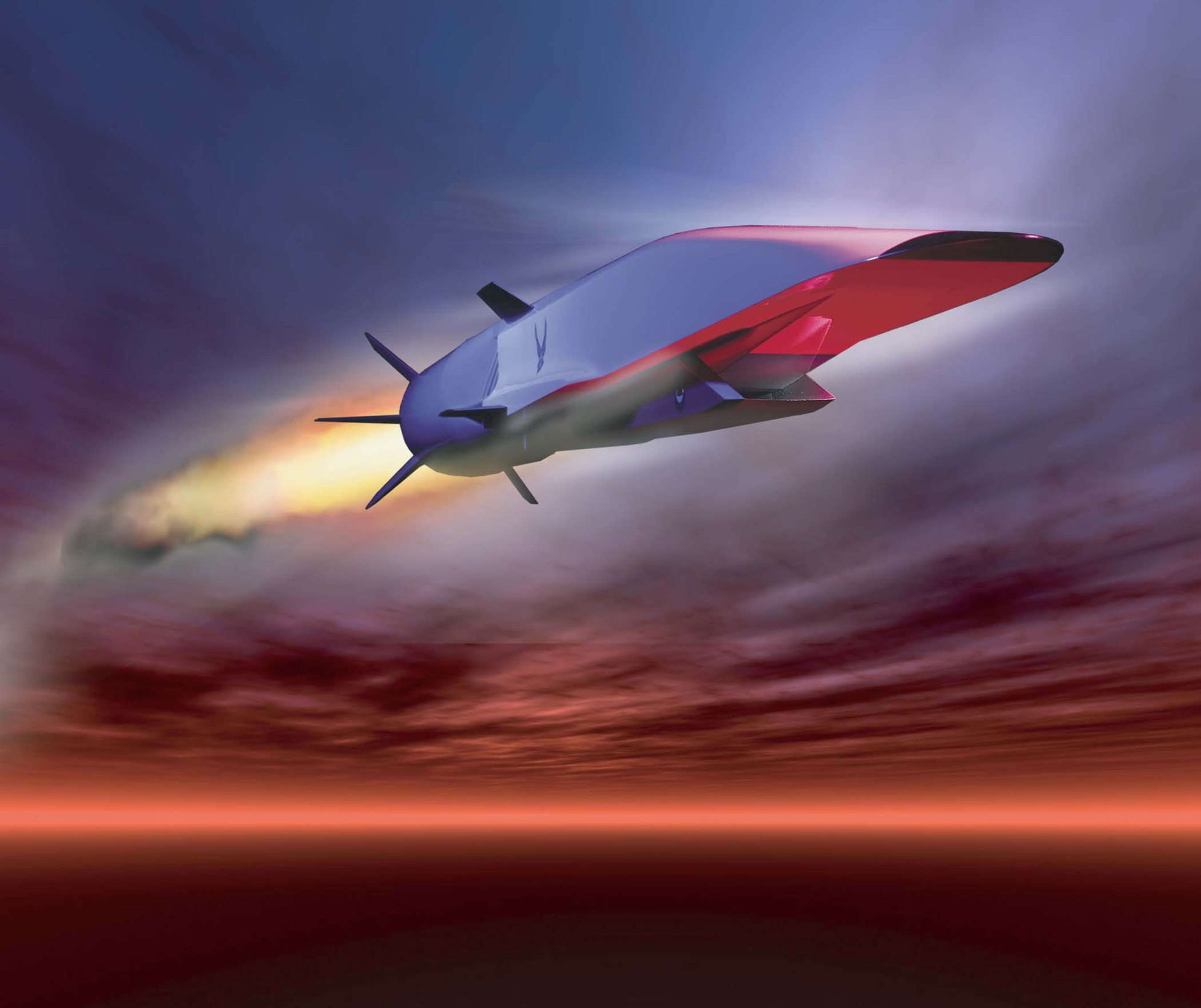
First, it was Greta Thunberg who traveled throughout Europe to speak to, among others, the French National Assembly; the teen climate activist, nominated for the Nobel Peace Prize, declared the transport decision as a preference for lower-emissions travel. A new word came into common parlance: Flygskam (Swedish) or “Flight Shame.”

Next, Imperial College London and Richard Carmichael reported to the Committee on Climate Change (CCC), an independent advisory agency of the UK government, that the nation’s goal of carbon neutrality by 2050, to meet the Paris Agreement of COP21, must address air travel: “Flying is a uniquely high-impact activity and is the quickest and cheapest way for a consumer to increase their carbon footprint.”
As a result, frequent flier programs, both of airlines and of credit cards, might have to go. Citing data that just 15% of the UK population takes 70% of the flights, CCC report states: “Given the scope for frequent fliers to have carbon footprints many times that of the average UK household, a lack of policy in this area is likely to be increasingly seen as inconsistent and unjust and risks damaging engagement with climate action.” (Carmichael 2019)
In the United States, 12% of Americans fly more than six round-trips per year; mainly business travelers, these frequent fliers are responsible for two-thirds of air travel, and therefore participating in aviation emissions. That’s 3 tons of carbon dioxide per year, per flier. Some policy specialists differentiate between business and pleasure air travel. But 83% of Americans drive cars, and most heat or cool their homes – activities that also cause considerable carbon emissions.
Concerned about aviation’s future, some airlines are staying ahead of the trend: British Airways, Aer Lingus, and Iberia (art of IAG, International Airlines Group) announced a strategic sustainability plan to 1)replace older aircraft, 2)invest in sustainable jet fuel, and 3) develop new technologies that take carbon out of the atmosphere. (Guy, 2019) Businesses and universities are starting to allow longer travel time for staff who travel for work, so that they may avoid flying; train travel, including the Channel Tunnel, is recommended. Japan is updating Shinkansen (high speed rail originally built for the 1956 Olympics) in anticipation of the Tokyo 2020 Olympic Games.

Do you have frequent flier miles? What is your opinion on how incentives in transport may change?
Carmichael, Richard. “Behavior change, public engagement, and Net Zero.” 10 October 2019. Committee on Climate Change, Centre for Energy Policy and Technology and Centre for Environmental Policy, Imperial College London. https://www.theccc.org.uk/publication/behaviour-change-public-engagement-and-net-zero-imperial-college-london/behaviour-change-public-engagement-and-net-zero-richard-carmichael/
Guy, Jack. “Ban air miles to combat climate crisis, recommends UK research.” 15 October 2019. CNN/Travel. https://www.cnn.com/travel/article/air-miles-ban-report-scli-intl/index.html.
International Airlines Group (IAG). “Sustainability.” https://www.iairgroup.com/en/sustainability
Tabuchi, Hiroko and Nadja Popovich. “How Guilty Should You Feel About Flying?” 17 October 2019, The New York Times. https://www.nytimes.com/interactive/2019/10/17/climate/flying-shame-emissions.html.
Thunberg, Greta. “Address to the National Assembly” July 23, 2019. France. https://www.youtube.com/watch?v=ESDpzwWrmGg
Building the World Blog by Kathleen Lusk Brooke and Zoe G. Quinn is licensed under a Creative Commons Attribution-NonCommercial-NoDerivs 3.0 Unporte













